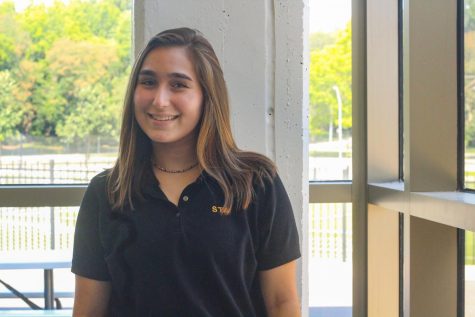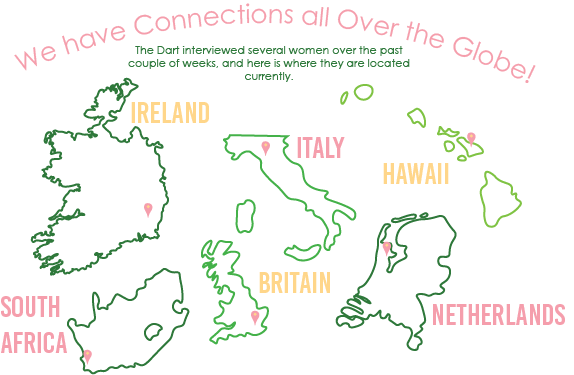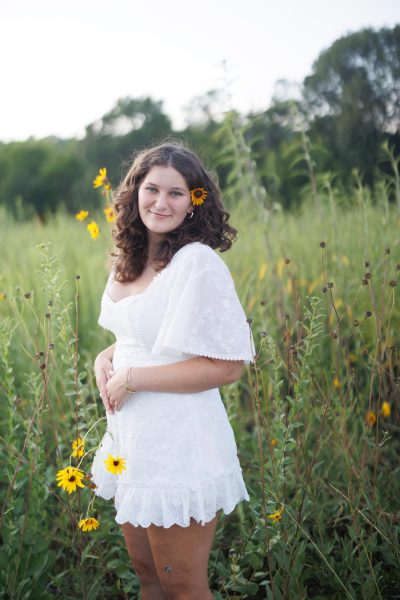Supplying life
From recipients to donors, the St. Teresa’s community is directly affected by blood drives around Kansas City. Students will have an opportunity to donate for themselves March 30.
March 12, 2020
Then-sophomore Emily Majors bent to reach the green-cushioned chair as the blood drive attendant tightly wrapped her arm with an elastic band. Attempting to steady her breath, Majors reflected on her primary reason for pursuing blood donation.
“Right when my mom gave birth to me, I wasn’t breathing and I had the wrong blood,” Majors said. “The doctors gave me a blood transfusion and if they didn’t do it in a certain amount of time, I would not be here today.”
Although millions of Americans need blood transfusions each year, less than 10% of the eligible U.S. population donates blood annually according to GivingBlood.org. Now a junior, Majors believes donating blood is vital to saving the lives of individuals similar to herself.
“A lot of people are put in situations where they do need blood,” Majors said. “Millions of people are put through that every day in hospitals. More people should give back.”
Senior Sophie Sweeny agrees with Majors after having a medical emergency in her childhood.
“When I was about 13 years old, I was on a family vacation sleeping in a bunk bed,” Sweeny said. “During the night, I fell out of the bed and degloved my jaw, which basically means all of the muscle ripped off the bone.”
Sweeny underwent surgery after her accident and believes her blood supply was supplemented during the procedure.
“I think if I hadn’t received blood, that definitely would have made it a lot worse,” Sweeny said. “I probably would have been in bad shape and dizzy — the process of getting better would have been longer.”
Sweeny recognizes the importance of having large blood supplies in hospitals, as someone in the U.S. needs blood every two seconds according to LifeStream Blood Bank.
“In surgeries, I know having blood is super important,” Sweeny said. “If something goes wrong in a surgery and the patient starts losing a lot of blood, then they’re going to have to have more blood put into their system to survive.”
While math teacher Mary Fisher has not personally needed to receive blood from the hospital, she frequently donates blood at her local center in Gladstone, MO. She had a poor experience with blood donation when she was in high school but revisited the act when she became a teacher.
“A former graduate that I keep in touch with through Facebook really has serious health problems, and she has to have constant blood transfusions so I am thinking, ‘okay, I can do this for her,’” Fisher said.
Fisher additionally has familial ties to transfusions, motivating her to donate frequently.
“Last year, it became even more personal when my sister was diagnosed with cancer and my niece’s husband was also,” Fisher said. “They both needed blood transfusions. It was my way of helping them.”
To further aid her family members and former student, Fisher has given double red blood cells, platelets and whole blood over the course of her 10 total donations. Fisher chooses to consider those she is helping rather than her own discomfort while giving blood.
“After seeing what my sister and my nephew went through, I think, ‘this is the least I can do to help others in their same situation,’” Fisher said. “I pray for them, but this is something I can give of myself.”
Fisher encourages eligible STA students to also donate blood in the upcoming drive, March 30.
“Think about the dear neighbor that they are helping in a different kind of way,” Fisher said. “Just consider those people that really are in need.”








